Step back in time at the Museum of Ontario Archaeology, where 11,000 years of Indigenous history springs to life through immersive exhibits and hands-on experiences. Nestled in London, Ontario, alongside a reconstructed 16th-century Lawson Village, this unique institution bridges ancient wisdom with modern discovery, offering visitors an unparalleled glimpse into the rich archaeological heritage of the Great Lakes region.
Discover meticulously preserved artifacts, from delicate pottery shards to intricate stone tools, each telling compelling stories of the First Nations peoples who shaped this land. Through interactive displays, guided tours, and educational programs, visitors can experience firsthand how archaeologists piece together the fascinating puzzle of Ontario’s past.
The museum’s partnership with Western University and local Indigenous communities ensures that every exhibit and program reflects both scientific accuracy and cultural authenticity. Whether you’re a history enthusiast, a family seeking educational adventures, or a student of archaeology, the museum’s blend of outdoor exploration and indoor exhibitions provides a dynamic gateway to understanding Ontario’s ancient cultures and the ongoing work of modern archaeologists.
Ancient Footsteps in Ontario Parks
Notable Archaeological Sites
Discover some of the most fascinating historical sites in Ontario through guided archaeological tours and hands-on experiences. The Lawson Site, located adjacent to the museum, stands out as one of the region’s most significant Indigenous settlements, featuring reconstructed longhouses and original archaeological excavations from the 16th century.
At the Crawford Lake site, visitors can explore a reconstructed 15th-century Iroquoian village, complete with authentic artifacts and interactive displays. The site’s unique meromictic lake has preserved pollen records that helped archaeologists pinpoint the exact dates of Indigenous occupation.
The Ska-Nah-Doht Village in Longwoods Road Conservation Area offers a glimpse into pre-contact Indigenous life, featuring a recreated longhouse and ongoing archaeological research projects. During summer months, visitors can participate in supervised dig experiences and artifact identification workshops.
Don’t miss the Neutral Nation sites near Hamilton, where ongoing excavations continue to uncover trade goods and everyday items from this important Indigenous confederation. These locations frequently host family-friendly archaeology days where kids can try their hand at careful digging techniques.
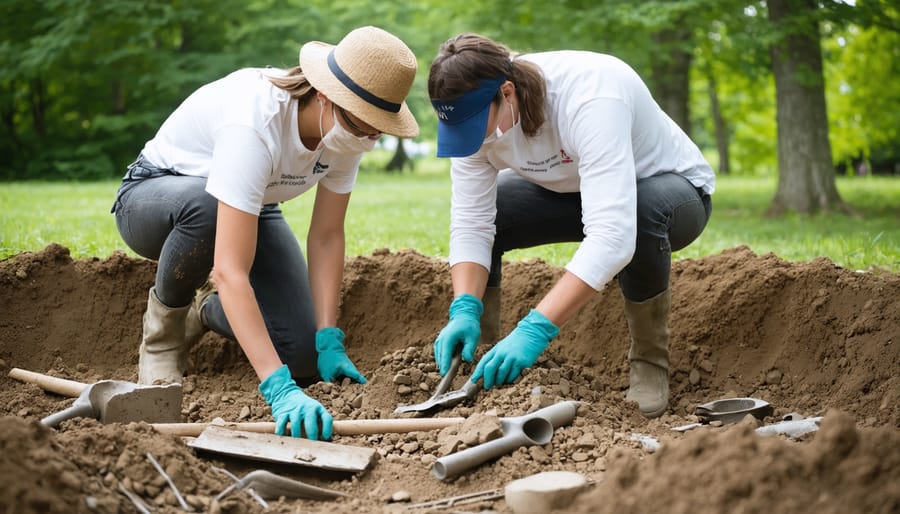
Indigenous Heritage Trails
Step into Ontario’s rich Indigenous history along carefully preserved trails that connect you to thousands of years of cultural heritage. These fascinating Indigenous heritage sites offer visitors a unique opportunity to walk in the footsteps of First Nations peoples while learning about their traditional ways of life.
Along these trails, you’ll discover ancient village sites, sacred grounds, and remarkable petroglyphs that tell stories of the land’s first inhabitants. Many locations feature interpretive signage that helps you understand the significance of each site, while guided tours led by Indigenous knowledge keepers provide deeper insights into the cultural significance of these special places.
Pro tip: Visit during spring or fall when the trails are less crowded and the weather is perfect for hiking. Remember to practice responsible tourism by staying on marked paths and treating these sacred spaces with respect. Don’t forget to bring your camera – the rock art and natural landscapes make for stunning photos while helping preserve these precious memories for future generations.
Museum-Led Park Adventures
Expert-Guided Experiences
Step into the fascinating world of Ontario’s archaeological heritage through expert-led experiences that bring the past to life. Professional archaeologists guide visitors through interactive tours, sharing their deep knowledge and passion for uncovering archaeological treasures in Ontario parks and historical sites.
Join hands-on excavation workshops where you’ll learn proper archaeological techniques, from careful digging methods to artifact identification. These sessions typically run for 2-3 hours, perfect for families and history enthusiasts alike. You’ll get to handle authentic tools, practice documentation methods, and experience the thrill of discovery firsthand.
The museum’s “Archaeologist for a Day” program offers an immersive experience where participants work alongside specialists in active dig sites. Learn about Indigenous artifacts, early European settlements, and the stories these objects tell about Ontario’s rich cultural heritage. Pro tip: Book these popular sessions at least two months in advance, especially during summer months.
For those seeking a more in-depth experience, the museum offers specialized workshops focusing on specific archaeological skills like pottery reconstruction, flint knapping, and artifact conservation. These intimate sessions, limited to 12 participants, provide hands-on practice with expert guidance and personalized attention.
Don’t miss the evening “Fireside Archaeology” talks, where seasoned archaeologists share captivating stories from their fieldwork experiences while participants enjoy traditional Indigenous cooking demonstrations around the fire pit.
Family-Friendly Dig Programs
Get ready for an unforgettable family adventure at our hands-on archaeology programs! Kids and parents alike will love getting their hands dirty while learning about Ontario’s fascinating past. Our popular “Junior Archaeologist” program lets children aged 6-12 experience what it’s like to be a real archaeologist, complete with their own dig tools and field notebook.
During the two-hour sessions, families work together to carefully uncover artifacts in our specially designed dig pits. Our experienced educators guide participants through proper excavation techniques, artifact identification, and the importance of preserving our heritage. The best part? Everything is designed to be fun and interactive, with plenty of “aha!” moments for everyone.
For younger children aged 4-6, our “Little Diggers” program offers a gentler introduction to archaeology through storytelling, crafts, and simplified dig activities. These 45-minute sessions are perfect for maintaining young attention spans while sparking curiosity about the past.
Don’t miss our special weekend “Family Dig Days” during the summer months, where the whole family can participate in simulated excavations based on real archaeological sites in Ontario. We provide all the necessary equipment, including child-sized tools, and our friendly staff is always nearby to help and answer questions.
Pro tip: Book these programs well in advance, especially for summer sessions, as they tend to fill up quickly. Remember to dress for mess and bring your sense of adventure!
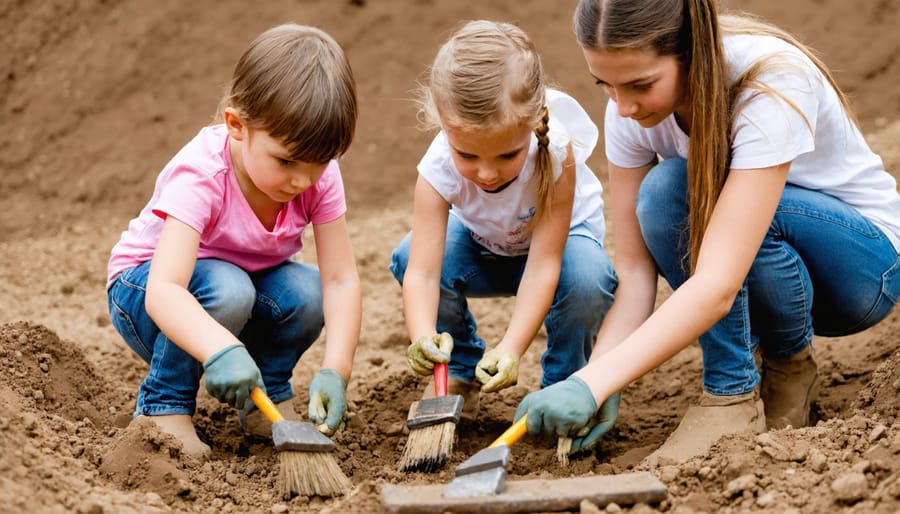
Planning Your Archaeological Adventure
Best Times to Visit
The Museum of Ontario Archaeology welcomes visitors year-round, but each season offers its own unique experience. Summer months (June to August) are particularly popular, with extended hours and special outdoor programming including archaeological dig demonstrations and Indigenous cultural events. The pleasant weather makes it perfect for exploring the reconstructed Lawson Village and nature trails.
Fall (September to November) brings stunning colors to the surrounding woodland and comfortable temperatures for outdoor activities. This is an excellent time to join guided tours with smaller crowds and enjoy the museum’s indoor exhibits at a relaxed pace.
Winter visitors (December to February) can experience cozy indoor programming and special holiday events, though outdoor activities are limited. The museum often hosts fascinating workshops and lecture series during these quieter months.
Spring (March to May) sees the return of outdoor programming as weather permits, with school groups being most active during this time. Consider visiting mid-week for a more intimate experience. The museum offers guided tours daily at 11 AM and 2 PM, but calling ahead is recommended as times may vary during special events or holidays.
Pro tip: Book your visit during one of the museum’s popular festivals or special events for an enhanced experience with hands-on activities and cultural demonstrations.
What to Bring
Before heading to the Museum of Ontario Archaeology, make sure you’re prepared for an engaging day of discovery. Bring a comfortable pair of walking shoes, as you’ll be exploring both indoor exhibits and outdoor archaeological sites. A refillable water bottle is essential, and we encourage using eco-friendly containers to help preserve our heritage sites.
Don’t forget your camera or smartphone to capture fascinating artifacts and reconstructed Indigenous villages. If you’re joining a guided tour or participating in a dig experience, wear weather-appropriate clothing that you don’t mind getting a bit dirty. A hat and sunscreen are must-haves for outdoor activities, especially during summer months.
Consider bringing a small notebook and pen to jot down interesting facts or sketch artifacts. Many visitors find this helpful for remembering details about Ontario’s rich archaeological history. If you’re planning to visit the gift shop, bring a reusable bag for any souvenirs you might purchase.
Pro tip: Pack a light snack in a reusable container, though remember that food and drinks aren’t allowed in the exhibition areas. The museum has water fountains for refills, supporting our commitment to sustainable tourism.
Conservation Guidelines
When visiting archaeological sites in Ontario, it’s crucial to follow proper conservation guidelines to preserve these precious historical treasures for future generations. Always stay on marked trails and viewing areas to prevent damage to potentially undiscovered artifacts or sensitive archaeological zones. Remember the golden rule: take only pictures, leave only footprints.
Never remove artifacts or disturb the soil at archaeological sites – it’s not just unethical, it’s illegal! Even small items like pottery shards or arrowheads must remain exactly where they are. If you spot something interesting, take a photo and report it to site staff.
Keep your group size manageable and follow your guide’s instructions carefully. Many sites have specific capacity limits to prevent excessive wear and tear on the grounds. When bringing children along, ensure they understand the importance of not touching or collecting items they find.
Avoid leaning on or climbing archaeological features, as this can cause erosion and structural damage. During wet weather, be extra cautious as archaeological sites are particularly vulnerable to foot traffic damage when the ground is soft.
Don’t bring food or drinks into excavation areas, and properly dispose of any waste in designated bins. If you’re planning to sketch or photograph findings, check with site staff first – some locations have specific policies about documentation.
These simple guidelines help ensure that Ontario’s archaeological heritage remains intact for researchers to study and for future visitors to enjoy.
Beyond the Parks
Museum Collections
Step into a world where ancient artifacts tell compelling stories of Ontario’s rich Indigenous heritage. The Museum of Ontario Archaeology houses over 2 million artifacts, each piece carefully preserved to showcase the region’s fascinating past. The main gallery features an impressive collection of pottery, stone tools, and ceremonial objects, offering visitors immersive cultural experiences that bring history to life.
Don’t miss the stunning Lawson Site exhibition, where you’ll find artifacts excavated from the 16th-century Neutral Iroquoian village that once thrived here. The collection includes beautifully crafted bone tools, intricate bead work, and remarkable examples of early Indigenous craftsmanship.
For families, the hands-on discovery gallery is a must-visit area where kids can touch replica artifacts and try traditional activities like corn grinding and pottery making. The museum’s collection of archaeological field notes, maps, and photographs provides fascinating insights into how archaeologists piece together our understanding of Ontario’s past.
A highlight of the collection is the seasonal rotating exhibits, which spotlight different aspects of Indigenous life throughout the year. These carefully curated displays feature everything from traditional hunting tools to ceremonial objects, offering visitors fresh perspectives with each visit.
Pro tip: Join one of the weekly guided tours to get insider stories about the most significant pieces in the collection. The knowledgeable guides bring these ancient treasures to life with fascinating details about their discovery and cultural significance.
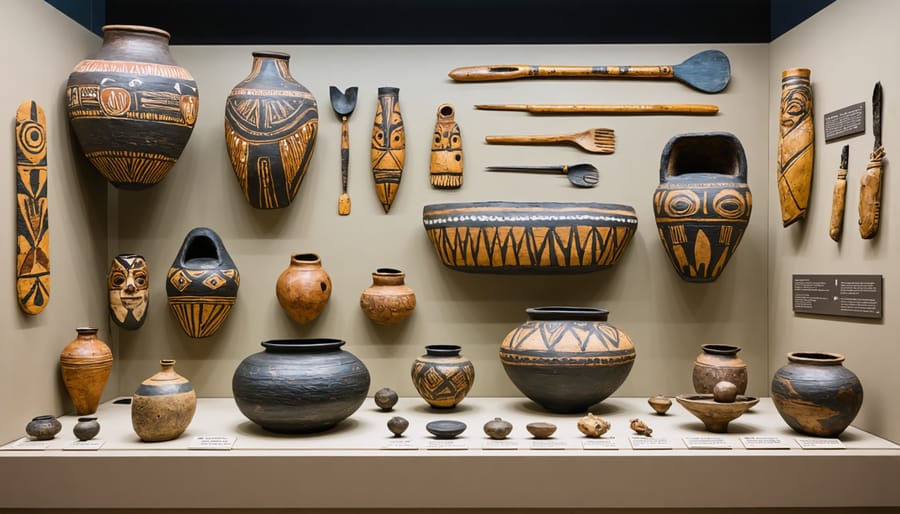
Educational Resources
The Museum of Ontario Archaeology offers a wealth of educational opportunities beyond its regular exhibits. Budding archaeologists can join hands-on workshops where you’ll learn proper excavation techniques, artifact handling, and documentation methods. These sessions are perfect for both kids and adults who want to experience archaeology firsthand.
For teachers and educators, the museum provides specialized curriculum-based programs that align with Ontario’s educational standards. These programs include classroom outreach visits, virtual learning sessions, and customized field trips that bring history to life for students of all ages.
The museum’s resource library houses an extensive collection of archaeological publications, research papers, and historical documents. Visitors can access these materials for research projects or simply to satisfy their curiosity about Ontario’s rich archaeological heritage.
Throughout the year, the museum hosts guest lectures and special presentations by archaeologists and Indigenous knowledge keepers. These events offer fascinating insights into ongoing research and traditional perspectives on Ontario’s past.
Summer camps are a highlight for young history enthusiasts, offering week-long adventures in archaeology. Kids get to participate in mock digs, artifact crafting, and Indigenous cultural activities while making new friends who share their passion for the past.
For those who prefer self-guided learning, the museum’s online resources include virtual exhibits, educational videos, and downloadable activity sheets that make learning about archaeology engaging and accessible from anywhere.
Exploring Ontario’s archaeological heritage through guided park tours offers a unique window into the rich tapestry of our province’s past. These immersive experiences combine the natural beauty of Ontario’s parks with fascinating insights into the lives of Indigenous peoples and early settlers who called this land home thousands of years ago.
Whether you’re walking through ancient village sites, examining authentic artifacts, or learning traditional skills from knowledgeable guides, each tour provides an unforgettable connection to our shared history. The partnership between Ontario Parks and the Museum of Ontario Archaeology has created an exceptional opportunity for visitors to experience archaeology firsthand, making it accessible and engaging for everyone from curious families to history enthusiasts.
What makes these tours truly special is how they blend outdoor recreation with hands-on learning. You might find yourself identifying medicinal plants used by Indigenous peoples, participating in a mock archaeological dig, or discovering how archaeologists piece together stories from the artifacts they uncover. These experiences help us understand not just what was found, but the complex societies and cultures that flourished here long ago.
As you plan your next Ontario adventure, consider adding an archaeological tour to your itinerary. It’s more than just a walk in the park – it’s a journey through time that will leave you with a deeper appreciation for the incredible archaeological heritage that surrounds us. Remember to book in advance, wear comfortable shoes, and bring your sense of wonder!





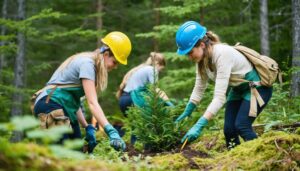


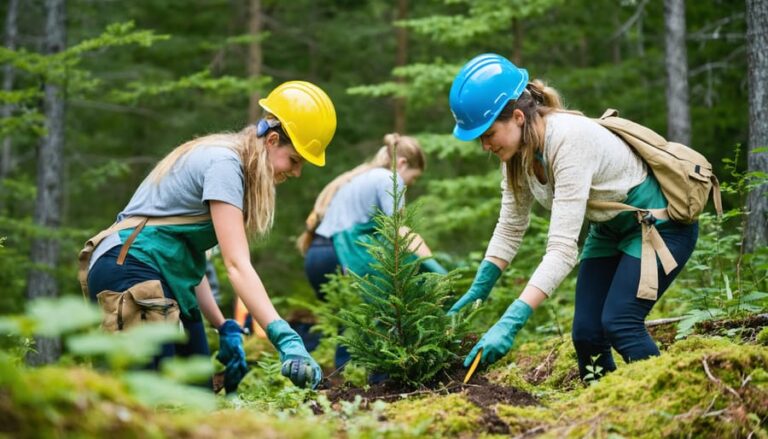
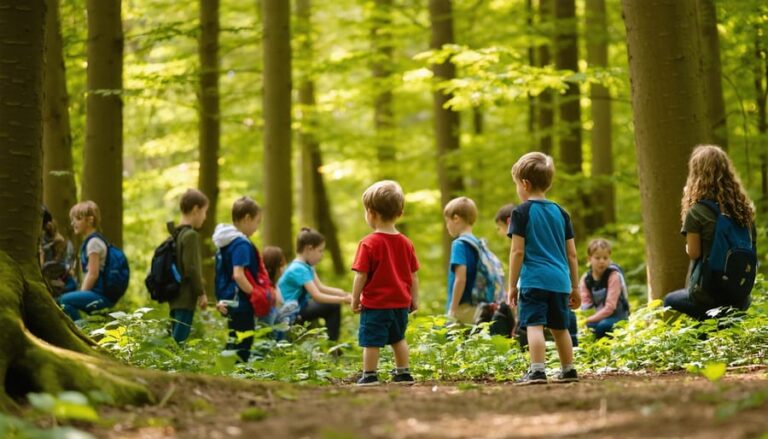
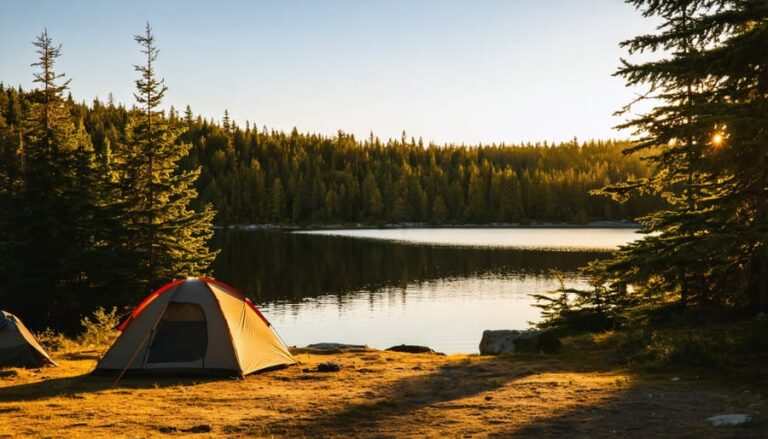
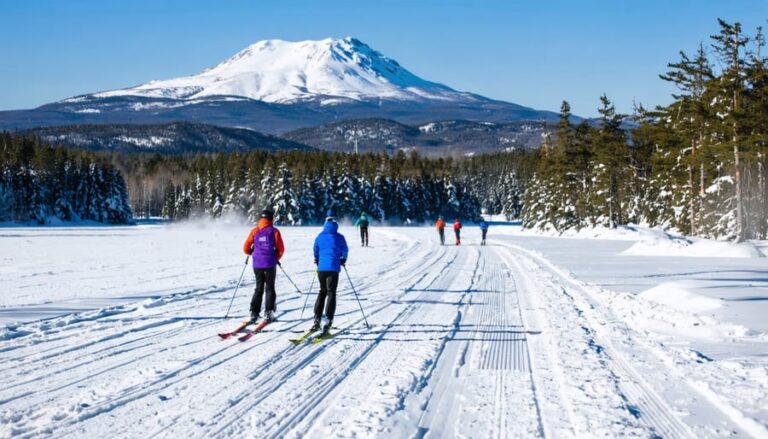

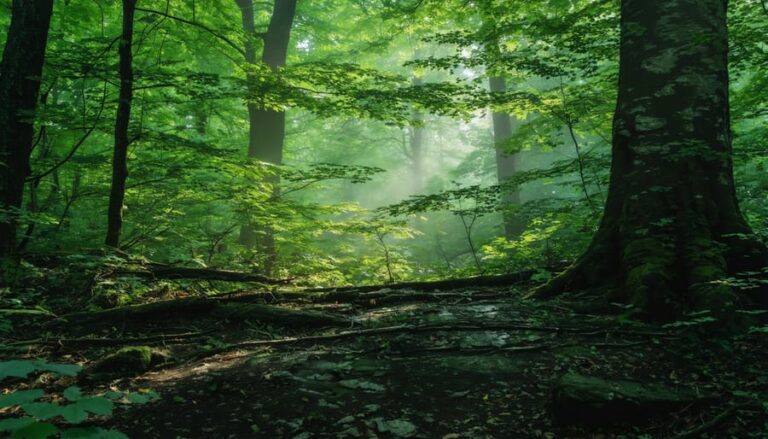
+ There are no comments
Add yours